June 02, 2021

New Senior-Level Management Promotions in Finance, Facilities/ Real Estate, and Marketing to Continue to Advance FPI’s Operational Excellence
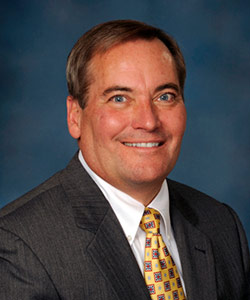 William Tucker, MBA, CPA, Associate Dean for Practice Plan Affairs at the University of Maryland School of Medicine (UMSOM) and Chief Corporate Officer for University of Maryland Faculty Physicians, Inc. (FPI), along with UMSOM Dean E. Albert Reece, MD, PhD, MBA, have announced recent promotions in the FPI organization. These are expected to further enhance the financial growth and success of FPI, the UMSOM’s faculty practice organization.
William Tucker, MBA, CPA, Associate Dean for Practice Plan Affairs at the University of Maryland School of Medicine (UMSOM) and Chief Corporate Officer for University of Maryland Faculty Physicians, Inc. (FPI), along with UMSOM Dean E. Albert Reece, MD, PhD, MBA, have announced recent promotions in the FPI organization. These are expected to further enhance the financial growth and success of FPI, the UMSOM’s faculty practice organization.
FPI, which is made up of 1,200 UMSOM faculty, offers 40 medical specialties at 62 practice locations across the State of Maryland. FPI has collaborated with University of Maryland Medical System (UMMS) and, in many instances, FPI clinical practices are located in or near to UMMS Hospitals, while others are free standing. FPI has seen a dramatic advancement in its business and financial operations over several years – moving from a position of financial instability to its current position of fiscal strength and stability.
FPI is now building on this business success with the promotion of three top-level executives to senior management positions to ensure long-term success and operational excellence in the organization’s mission-critical areas: Jackie Farrell, MBA, will be promoted to Chief Financial Officer (CFO); Carl McCullough ME, MBA, PMP, CHCIO, will expand his responsibilities as Chief Information Officer (CIO) to include Facilities / Real Estate and Business Analysis; and Bill Elliott, MBA, will now lead Payer Contracting/ Relations and Marketing as part of his elevated role as Chief Operating Officer (COO).
“All three of these professionals have played a vital role in our ability to achieve significant financial growth and success over the past several years,” Mr. Tucker said.
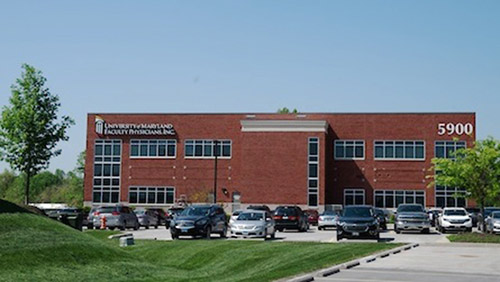 Operational Advancement of FPI
Operational Advancement of FPI
In 2006, the FPI Practice Plan found itself in a fragile and unstable financial position, with less than 30 days of its operating budget in reserve – while the national standard for business excellence is considered to be 4-6 months of reserve. Through a combination of aggressive business strategies, entrepreneurship, diversification, and suburban satellites, along with excellent leadership of the UMSOM Chairs and Directors, and FPI’s corporate leaders, the FPI Practice Plan has achieved a full transformation of its financial performance and stability.
To achieve this success during this time, a “matrix” model was maximized, with each department developing strong business units that worked collaboratively with FPI’s corporate business unit. In addition, there has been an active and well-functioning FPI committee structure: Finance, Governance, Compliance & Audit Committees, along with UMSOM oversight committees: Clinical Affairs Advisory Committee (CAAC), Fiscal Affairs Advisory Committee (FAAC), and IT Affairs Advisory Committee (ITAAC).
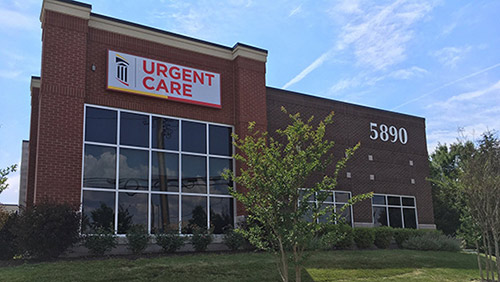 “This highly collaborative matrixed organization has been successful because we have worked together to behave in a 'functionally integrated' manner, even though we are composed of many independent legal structures,” Mr. Tucker said. “Nevertheless, this structure has also inhibited the development of cross-specialty clinical services, and has also resulted in growing inequities in financial fortunes which were highlighted during the challenges of the pandemic. Hence, our focus now is on moving to a truly integrated faculty practice model to maximize our opportunities for improving expense efficiencies, revenue enhancement, greater fiscal equity, and opportunities for cross-specialty clinical services,” he said.
“This highly collaborative matrixed organization has been successful because we have worked together to behave in a 'functionally integrated' manner, even though we are composed of many independent legal structures,” Mr. Tucker said. “Nevertheless, this structure has also inhibited the development of cross-specialty clinical services, and has also resulted in growing inequities in financial fortunes which were highlighted during the challenges of the pandemic. Hence, our focus now is on moving to a truly integrated faculty practice model to maximize our opportunities for improving expense efficiencies, revenue enhancement, greater fiscal equity, and opportunities for cross-specialty clinical services,” he said.
According to Dean Reece, who is also Executive Vice President for Medical Affairs, UM Baltimore, and the John Z. and Akiko K. Bowers Distinguished Professor, the currently planned FPI Integrated Practice Plan will be phased in over a few years. “Most importantly,” he emphasized, “the new plan will preserve those elements that have made FPI successful over the years – maintaining strong and effective leadership of chairs and directors, promoting entrepreneurship, effective board and committee structure, and maintaining cash reserve in excess of four months, among other aspects.”
Over the 15-year period, clinical revenue increased by more than 118 percent since 2006 (from $160M to $351M) (See Figure 1), and total Patient Volumes increased by 62 percent, from 951,000 in FY 2006 to more than 1.5 million in FY 2020 (See Figure 2). At the same time, accounts receivables were 57 days in 2006 and are now down dramatically to 33 days (See Figure 4). Cash reserve now achieves the national standard of business, growing from less than one month to more than 4 months (See Figure 5).

During this period, FPI also expanded its locations from 6 to 62 (See Figure 3). In Harford County, FPI added a multi-specialty location at Upper Chesapeake and recently added spine surgeons there. In Howard County, a state-of-the art multi-specialty facility was established at Waterloo Crossing in Columbia, MD, with Urgent Care, Primary Care, Specialty Care, and an Ambulatory Surgery Center. In Prince George’s County, specialists are seeing patients at UM Capital Region Health in Vascular, Trauma, Orthopaedics, Pediatric NICU, and Radiology.

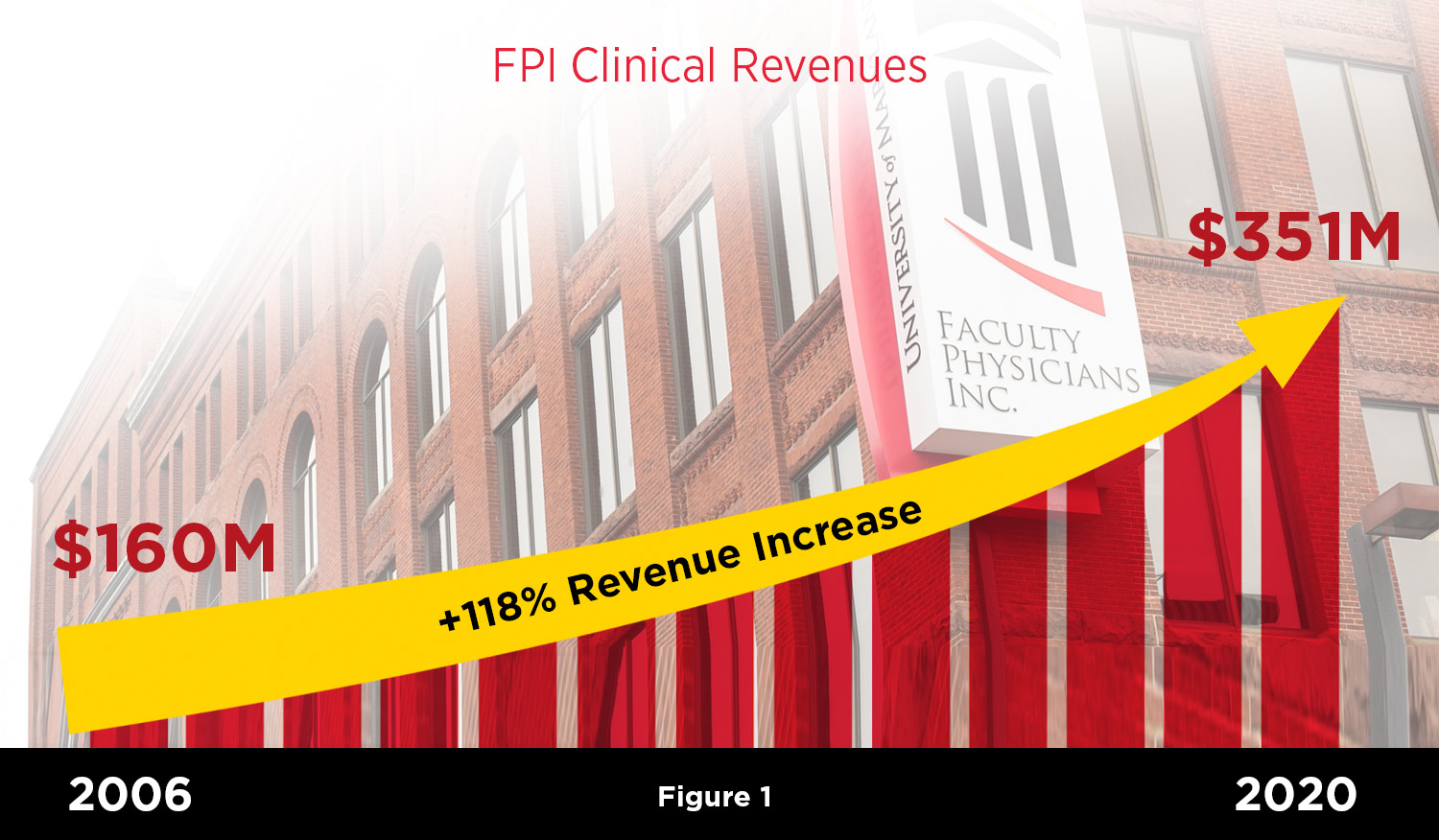
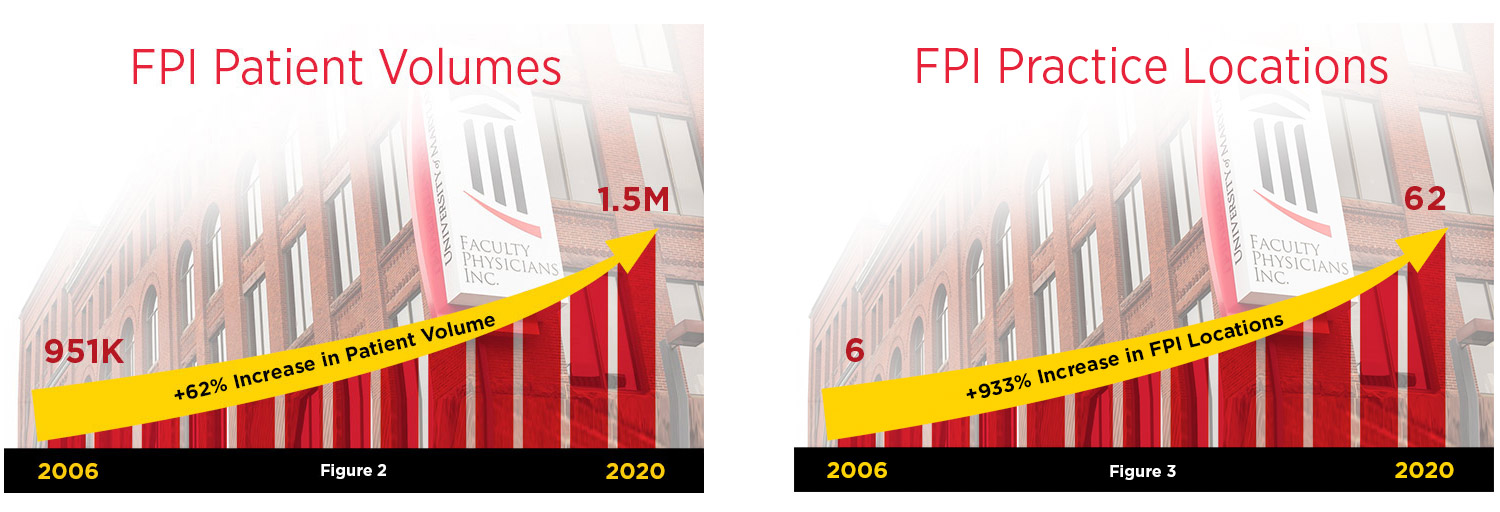

Operational Leaders Key to Success
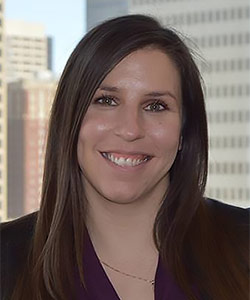 “The key to our growth and success has been the strength of our operational leaders,” Mr. Tucker added. “I am delighted to announce these exciting FPI leadership promotions that are being made to significantly position our enterprise for advanced and contemporary clinical and business initiatives moving into the future.”
“The key to our growth and success has been the strength of our operational leaders,” Mr. Tucker added. “I am delighted to announce these exciting FPI leadership promotions that are being made to significantly position our enterprise for advanced and contemporary clinical and business initiatives moving into the future.”
The following FPI executives will be promoted to expanded senior management positions effective May 24, 2021.
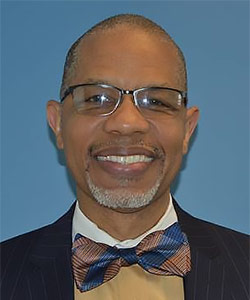 Jackie Farrell, MBA, Chief Financial Officer (CFO), will be responsible for Budgeting, Financial Analysis, Accounting, Payroll, and Pension. Ms. Farrell has been with FPI finance for over 13 years and has steadily progressed to most recently being the Director of Accounting, Financial Analysis & Planning. During her tenure at FPI, she developed physician productivity and effort reporting across the organization, worked with clinical departments to define and establish faculty incentive compensation plans, and led the revision and standardization of clinical department financial reporting during the University's transition to a new financial management system.
Jackie Farrell, MBA, Chief Financial Officer (CFO), will be responsible for Budgeting, Financial Analysis, Accounting, Payroll, and Pension. Ms. Farrell has been with FPI finance for over 13 years and has steadily progressed to most recently being the Director of Accounting, Financial Analysis & Planning. During her tenure at FPI, she developed physician productivity and effort reporting across the organization, worked with clinical departments to define and establish faculty incentive compensation plans, and led the revision and standardization of clinical department financial reporting during the University's transition to a new financial management system.
Carl McCullough, ME, MBA, PMP, CHCIO, Chief Information Officer (CIO), will expand his portfolio to include Facilities/Real Estate and Business Analysis. Mr. McCullough has served 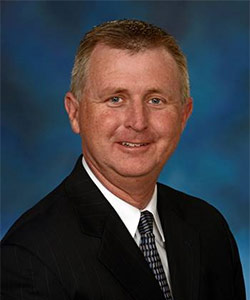 as the FPI’s CIO for three years, having been hired from Lehigh Valley Health Network. Since joining FPI, Mr. McCullough has improved FPI Customer Survey scores by more than 24 percent, fostered greater collaboration among CIOs in the UMSOM, University of Maryland, Baltimore, and UM Medical System, and led FPI to achieve its first Ambulatory Most Wired Award from the College of Healthcare Information Management Executives, moving up from Level 7 to Level 8.
as the FPI’s CIO for three years, having been hired from Lehigh Valley Health Network. Since joining FPI, Mr. McCullough has improved FPI Customer Survey scores by more than 24 percent, fostered greater collaboration among CIOs in the UMSOM, University of Maryland, Baltimore, and UM Medical System, and led FPI to achieve its first Ambulatory Most Wired Award from the College of Healthcare Information Management Executives, moving up from Level 7 to Level 8.
Bill Elliott, MBA, Chief Operating Officer, will also expand his responsibility to include Payer Contracting/Relations and Marketing. Mr. Elliott has served as FPI’s Chief Operating Officer for the past 13 years. During this time, he has successfully expanded growth of consolidated revenue cycle management, implemented a collaborative and system-wide electronic records training program, and led the recent initiative with UMB to manage an on-campus COVID-19 program, regarded as one of the most efficient and successful in the state. He is currently building a consolidated Patient Access Center for a patient-centered approach to scheduling appointments with UMSOM faculty.
Several senior leaders and department chairs expressed excitement about the promotions and the prospects for the long-term success of FPI.
 “I am pleased to add my congratulations to these three strong leaders at FPI,” said Anthony F. Lehman, MD, MSPH, Senior Associate Dean for Clinical Affairs, Professor of Psychiatry, and Medical Director of FPI. “They are testaments to the strength and depth of the practice organization under the able leadership of Bill Tucker. This succession also is a tribute to the leadership example provided by Michelle Wingate.”
“I am pleased to add my congratulations to these three strong leaders at FPI,” said Anthony F. Lehman, MD, MSPH, Senior Associate Dean for Clinical Affairs, Professor of Psychiatry, and Medical Director of FPI. “They are testaments to the strength and depth of the practice organization under the able leadership of Bill Tucker. This succession also is a tribute to the leadership example provided by Michelle Wingate.”
 Steven Czinn, MD, the Drs. Rouben and Violet Jiji Endowed Professor and Chair, Department of Pediatrics at UMSOM, commented: “As Chair of the FPI Finance and Audit Committee, I am happy that my exemplary FPI colleagues will be taking on enhanced leadership roles in the organization. I am excited to work with them in their newly expanded roles as we look to the new Practice Plan."
Steven Czinn, MD, the Drs. Rouben and Violet Jiji Endowed Professor and Chair, Department of Pediatrics at UMSOM, commented: “As Chair of the FPI Finance and Audit Committee, I am happy that my exemplary FPI colleagues will be taking on enhanced leadership roles in the organization. I am excited to work with them in their newly expanded roles as we look to the new Practice Plan."
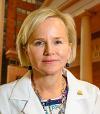 Christine L. Lau, MD, MBA, the Dr. Robert W. Buxton Chair of Surgery and Professor, Department of Surgery at UMSOM, and Surgeon-in-Chief, University of Maryland Medical Center, said, “These promotions and additions are well deserved and will help to further align our vision and mission at FPI, as we anticipate our new Integrated Practice Plan.”
Christine L. Lau, MD, MBA, the Dr. Robert W. Buxton Chair of Surgery and Professor, Department of Surgery at UMSOM, and Surgeon-in-Chief, University of Maryland Medical Center, said, “These promotions and additions are well deserved and will help to further align our vision and mission at FPI, as we anticipate our new Integrated Practice Plan.”
 Stephen N. Davis, MBBS, the Theodore E. Woodward Chair in Medicine and Professor, Department of Medicine, at UMSOM, added: “I would like to offer my sincere congratulations to these outstanding executives for these well-deserved promotions. This will continue to expand the excellence of FPI.”
Stephen N. Davis, MBBS, the Theodore E. Woodward Chair in Medicine and Professor, Department of Medicine, at UMSOM, added: “I would like to offer my sincere congratulations to these outstanding executives for these well-deserved promotions. This will continue to expand the excellence of FPI.”
 Dean Reece, stated, “These are three exemplary leaders who have a proven track record of achieving high quality and service excellence in FPI’s key business areas of providing patient care,” he added. “I am confident that they, along with Mr. Tucker, will continue to advance FPI’s tremendous success as a robust platform for maximizing the business opportunities of the UMSOM faculty practices now and in the future.”
Dean Reece, stated, “These are three exemplary leaders who have a proven track record of achieving high quality and service excellence in FPI’s key business areas of providing patient care,” he added. “I am confident that they, along with Mr. Tucker, will continue to advance FPI’s tremendous success as a robust platform for maximizing the business opportunities of the UMSOM faculty practices now and in the future.”
About the University of Maryland School of Medicine
Now in its third century, the University of Maryland School of Medicine was chartered in 1807 as the first public medical school in the United States. It continues today as one of the fastest growing, top-tier biomedical research enterprises in the world -- with 46 academic departments, centers, institutes, and programs, and a faculty of more than 3,000 physicians, scientists, and allied health professionals, including members of the National Academy of Medicine and the National Academy of Sciences, and a distinguished two-time winner of the Albert E. Lasker Award in Medical Research. With an operating budget of more than $1.2 billion, the School of Medicine works closely in partnership with the University of Maryland Medical Center and Medical System to provide research-intensive, academic and clinically based care for nearly 2 million patients each year. The School of Medicine has nearly $600 million in extramural funding, with most of its academic departments highly ranked among all medical schools in the nation in research funding. As one of the seven professional schools that make up the University of Maryland, Baltimore campus, the School of Medicine has a total population of nearly 9,000 faculty and staff, including 2,500 students, trainees, residents, and fellows. The combined School of Medicine and Medical System (“University of Maryland Medicine”) has an annual budget of over $6 billion and an economic impact of nearly $20 billion on the state and local community. The School of Medicine, which ranks as the 8th highest among public medical schools in research productivity (according to the Association of American Medical Colleges profile) is an innovator in translational medicine, with 606 active patents and 52 start-up companies. In the latest U.S. News & World Report ranking of the Best Medical Schools, published in 2021, the UM School of Medicine is ranked #9 among the 92 public medical schools in the U.S., and in the top 15 percent (#27) of all 192 public and private U.S. medical schools. The School of Medicine works locally, nationally, and globally, with research and treatment facilities in 36 countries around the world. Visit medschool.umaryland.edu
Contact
Office of Public Affairs
655 West Baltimore Street
Bressler Research Building 14-002
Baltimore, Maryland 21201-1559
Contact Media Relations
(410) 706-5260
Related stories
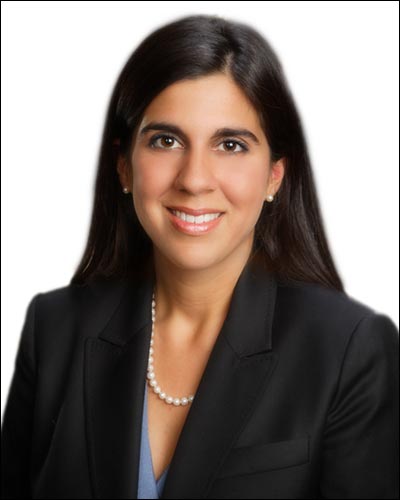
Monday, May 15, 2023
Leading Healthcare Executive Rachel Hoover, MS, MBA, Named Executive Vice President at UM Faculty Physicians, Inc.
William F. Regine, MD, President of University of Maryland Faculty Physicians, Inc. (FPI), along with University of Maryland School of Medicine (UMSOM) Dean Mark T. Gladwin, MD announced today that Rachel L. Hoover, MS, MBA, will serve as the new FPI Executive Vice President and Chief Administrative Officer (EVP/CAO), effective May 1.
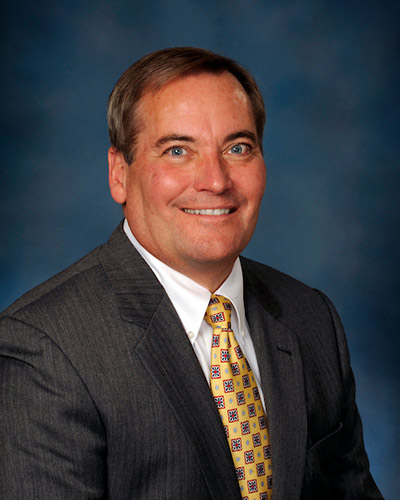
Tuesday, March 22, 2022
Longtime Leader of UM School of Medicine Faculty Clinical Practices, William Tucker, Announces He Will Retire July 1; Led More Than Two Decades of Growth and Success
University of Maryland School of Medicine (UMSOM) Dean E. Albert Reece, MD, PhD, MBA, announced today that William Tucker, MBA, CPA, Associate Dean for Practice Plan Affairs at the University of Maryland School of Medicine (UMSOM), and Chief Corporate Officer for the UM Faculty Physicians, Inc. (FPI), will retire from his position on July 1. For the past 22 years, he led the organization to its highest levels of operational performance and excellence in patient care, while successfully expanding outpatient practice locations across the State of Maryland.
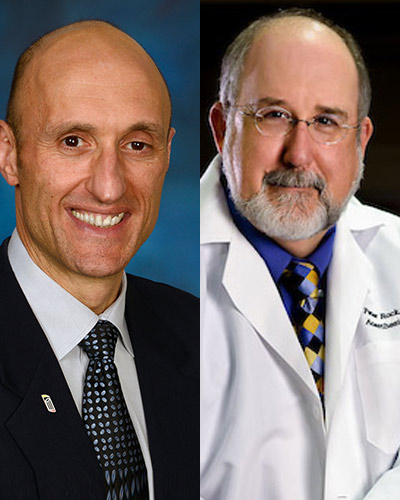
Wednesday, March 16, 2022
University of Maryland School of Medicine Announces New Integrated Model for UM Faculty Physicians, Inc. (FPI), Positions for Accelerated, Long-Term Business Growth and Success
University of Maryland School of Medicine (UMSOM) Dean E. Albert Reece, MD, PhD, MBA, has appointed new interim leadership for University of Maryland Faculty Physicians, Inc. (FPI), as part of a new FPI integrated model that has been designed for over a year.
